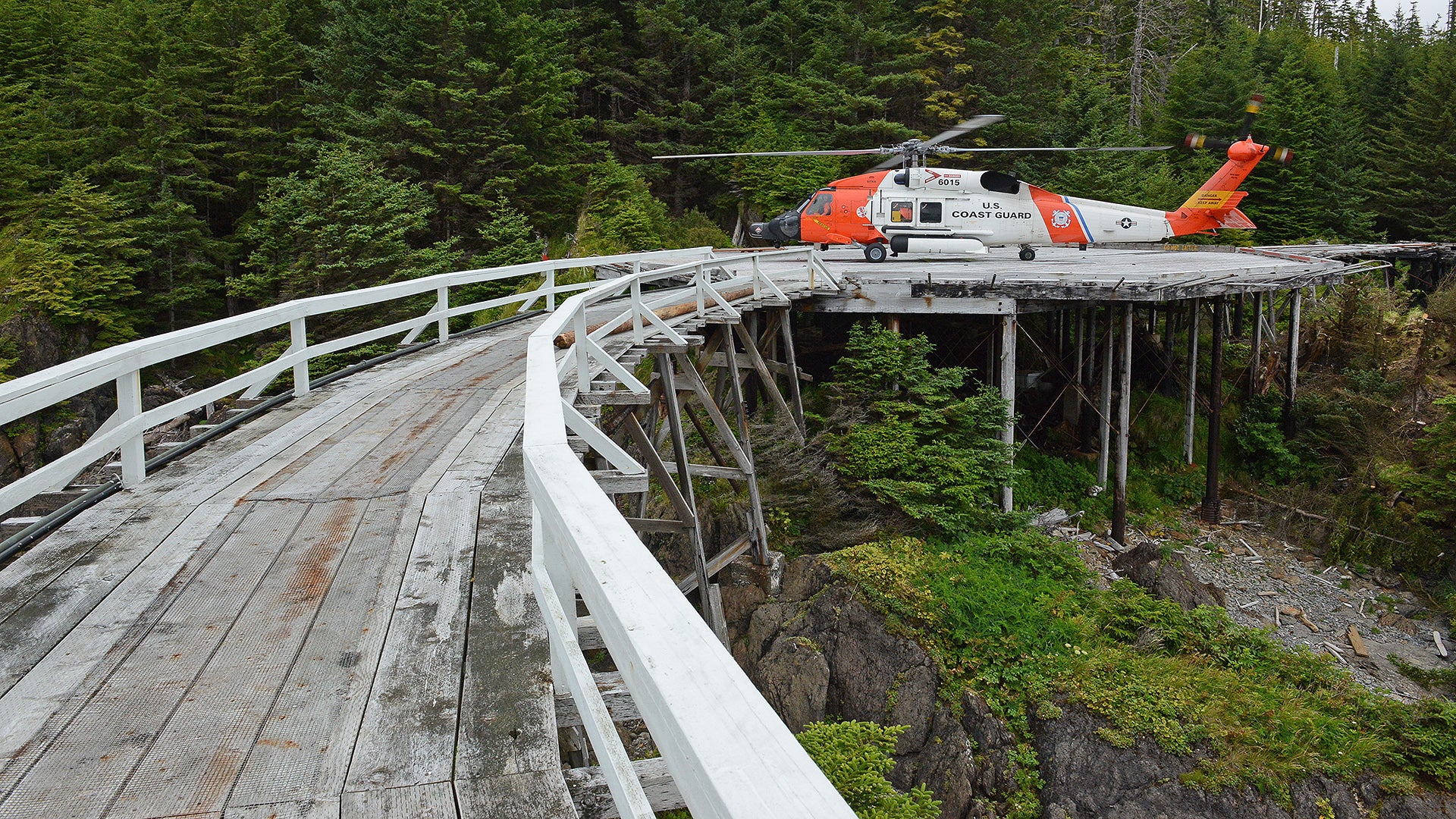Alaska is a wild and beautiful place, but it is also a harsh and unforgiving one. This goes for landlubbers and seafarers alike. Lighthouses played a major role in making the state’s complex waterways navigable throughout the 20th Century. Hence the activation of the Cape Decision lighthouse in 1935 on the southern tip of Kuiu Island. While the lighthouse was made of concrete, the long service walkway that snaked along the coast away from the lighthouse to the boathouse, before jutting out to sea, was made of wood. After the advent of the helicopter, a landing pad was retrofitted into it. Today, the entire setup looks like a dramatic landing pad locale from Star Wars, albeit one built out of wood by Wookies, not out of sterile metal by Empire.
The lighthouse went unmanned in 1974, but it still serves as a navigation aid. It has been preserved by a passionate group known as the Cape Decision Lighthouse Society that still visits it for various purposes, including scientific research and recreation, as well as to keep it up. It is located in one of the most beautiful places on the planet, surrounded by orcas, bald eagles, and, well, bears. Lots of bears. Being so remote, the helipad is still used to access the property by U.S. Coast Guard MH-60 Jayhawks that bring critical supplies and Maintainance crews needed to keep the navigational aids in working order.
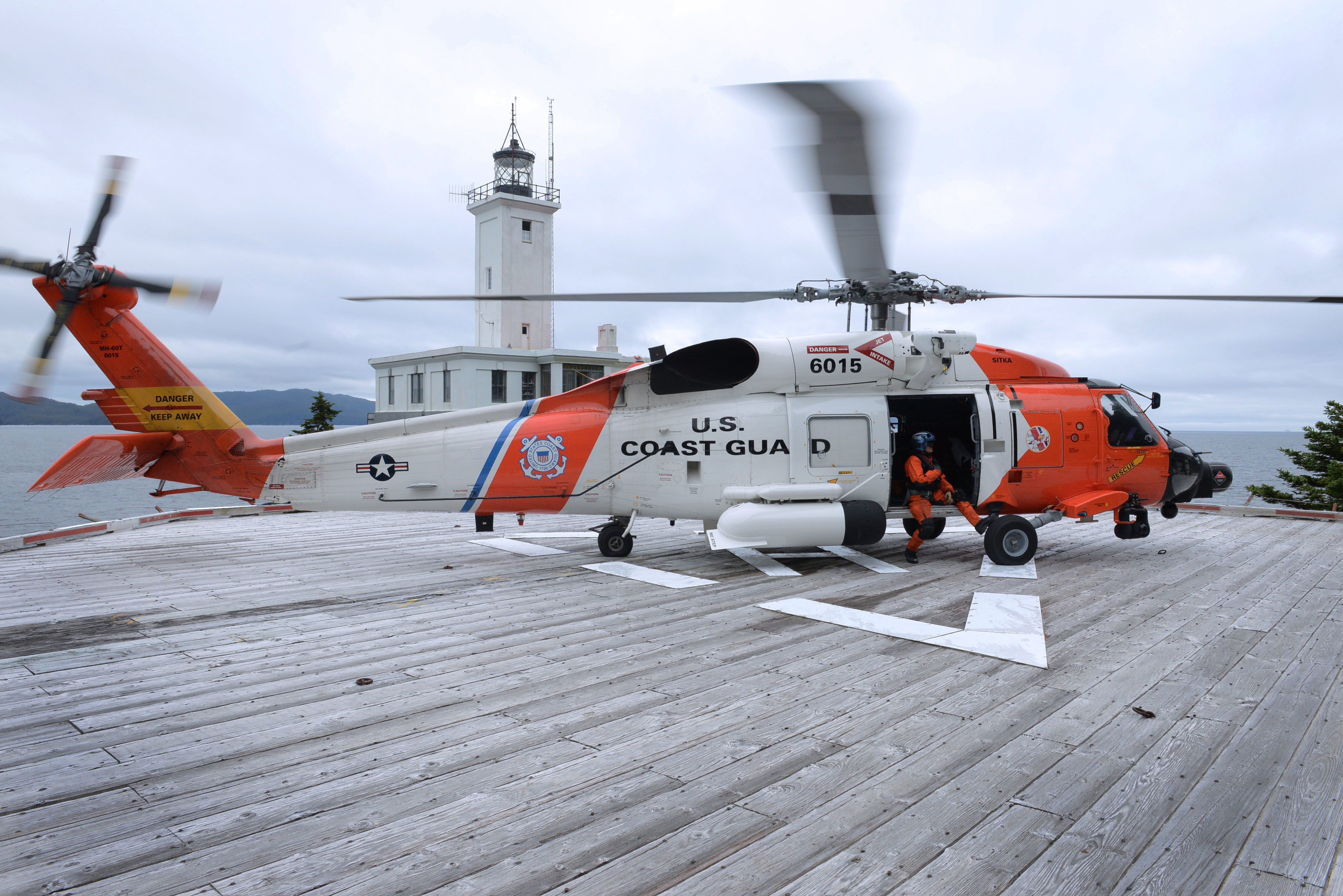
This is where the photos of the MH-60 come into play. I posted them on Twitter and people really took an interest in them, with many making the point that there was a strong Star Wars vibe with the landing pad and, like my own observations, noted how the wooden cliffside landing pad arrangement doesn’t look all that encouraging.
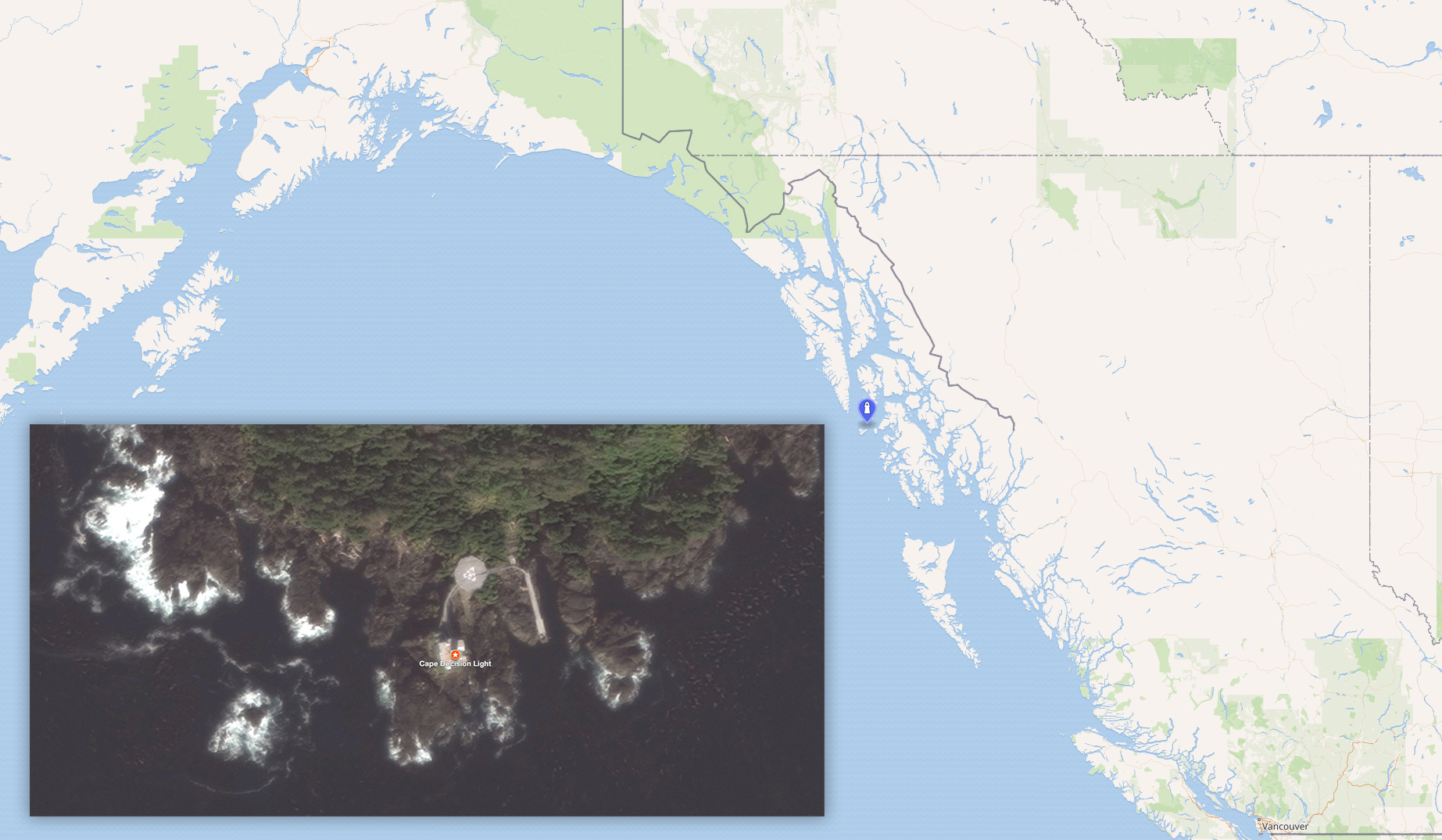
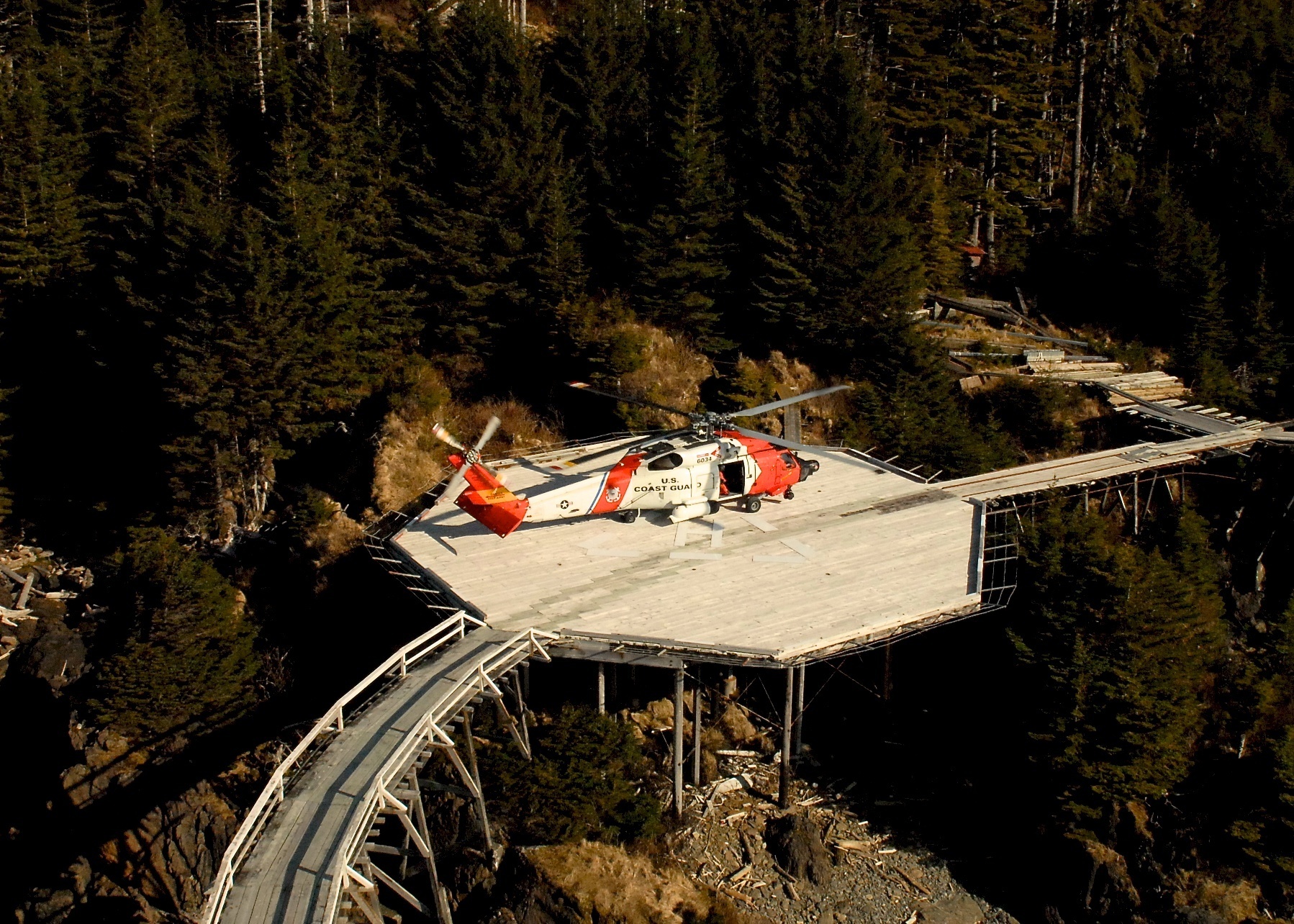
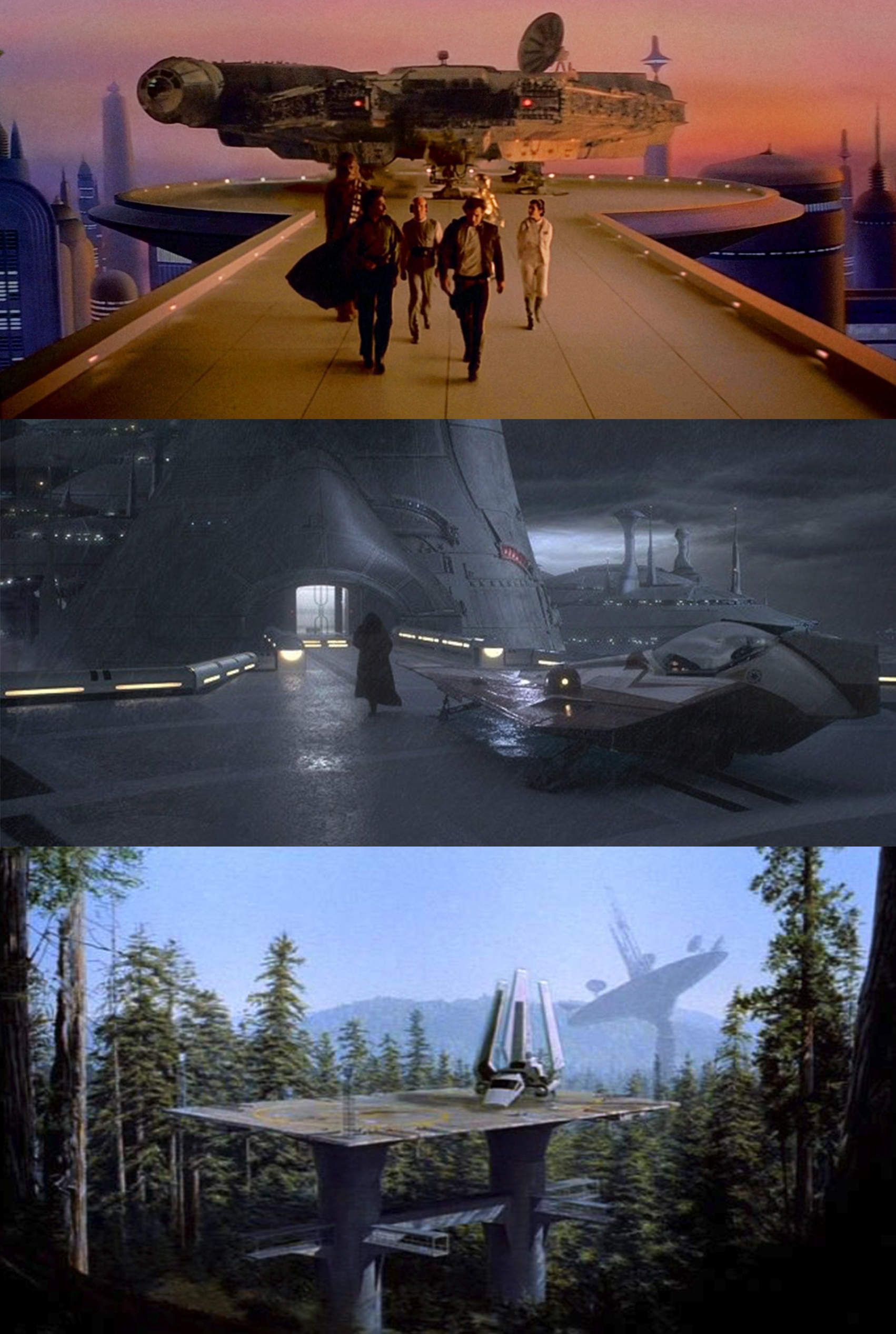
Yet the reality is that the landing pad has been there for many decades. Before its existence, ships and flying boats serviced the island, but the landing pad made accessing it much easier and it even helped save the installation from a raging fire in 1989.

A good description of the scary incident, as well as more information on the history of this unique lighthouse, can be found at Lighthousefriends.com. It states, in part:
As Conklin reached the helicopter pad, he noticed thick black smoke emanating from beneath the boardwalk near the boathouse. It wasn’t immediately clear if the pier was on fire, or if the thick smoke from the barrels was simply swirling down through the pier. After discharging the thirty-pound extinguisher into the two barrels, Conklin discovered, much to his alarm, that the pier was indeed ablaze.
Conklin sprinted back to the lighthouse yelling “Fire!, Fire!” With additional extinguishers in hand, the three-man crew scampered back to the boathouse and attempted unsuccessfully to subdue the flames. Realizing that the fire could spread to surrounding structures, Conklin broadcasted a mayday call to the Coast Guard. The men then formed a bucket brigade to transport water to the fire from the station’s cistern, located thirty feet away. Help finally arrived in the form of a helicopter from Sitka and the buoy tender Woodrush, which happened to be within thirty miles of Cape Decision servicing other aids to navigation.
As the helicopter was approaching to land, the fuel inside the boathouse exploded sending a tremor along the pier. Portable firefighting equipment was off-loaded from the helicopter after it was able to safely land, and the coastguardsmen had the fire under control in about four hours. Although the exact cause of the fire was listed as “unknown,” it is most likely that either the diesel leaking from the barrels or airborne embers ignited the pier. The boathouse and a good section of the pier and catwalk leading to the helicopter pad were destroyed in the blaze.
Cape Decision Lighthouse truly looks like a wonderous, almost storybook-like place and it is really neat that it still exists in preserved form. The helipad just puts it over the top though. I bet Coast Guard aircrews love making the trip out to the historic locale and its wooden cliffside landing pad.


Contact the author: Tyler@thedrive.com
